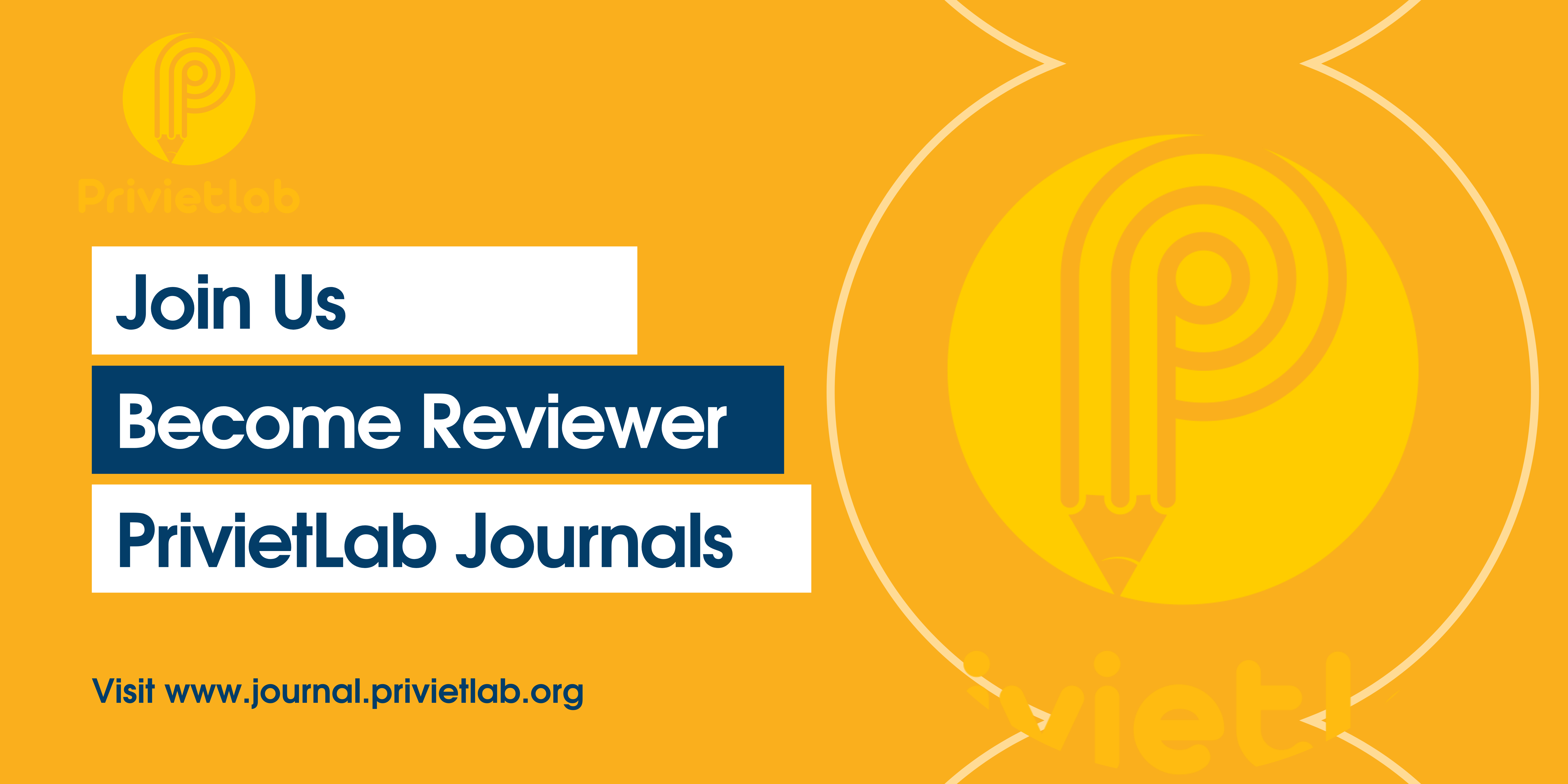The application of intellectual property rights to the processing of haminjon resin into perfume products
DOI:
https://doi.org/10.55942/pssj.v5i11.1001Keywords:
Intellectual Property Rights, Haminjon Sap, Perfume, Legal ProtectionAbstract
This article discusses the application of Intellectual Property Rights (IPR), especially patent protection, to the results of processing haminjon sap into perfume products as a form of innovation based on local wisdom. Haminjon sap, a non-timber forest product typical of North Sumatra, has high economic potential if processed into value-added products, such as perfume. However, the protection of this innovation still faces various legal and practical obstacles. Based on Law Number 13 of 2016 concerning Patents, every invention that meets the elements of novelty, inventive steps, and can be applied in industry is entitled to legal protection. However, the implementation of this protection in the small business sector is still limited due to low IPR literacy, minimal access to information, and relatively high patent registration costs for small businesses. This condition causes many small business actors to not understand the importance of exclusive rights to their inventions, thereby risking losing ownership rights and the economic value of the results of their innovations. Therefore, efforts are needed to increase legal awareness, technical assistance, and affirmative policies from the government to facilitate access to patent protection for local products such as perfume made from haminjon sap, so that they can compete sustainably in the national and international markets.
References
Adawiyah, R., & Rumawi, R. (2021). Pengaturan hak kekayaan intelektual dalam masyarakat komunal di indonesia. Repertorium: Jurnal Ilmiah Hukum Kenotariatan, 10(1), 1–16. https://doi.org/10.28946/rpt.v10i1.672
Amin, F., Jenar, S., Khasanah, D. D., Tarmizi, R., Machmudah, L., Utomo, S., Wibowo, A. M., Rade, S. D., Widyanti, Y. E., & Nur, H. (2024). Hukum Kekayaan Intelektual. Sada Kurnia Pustaka.
Arief, S., Fadli, M., Widhiyanti, H. N., & bin Ahmad Zainudin, M. H. (2025). The The Principle Of Patent As An Intangible Asset As Collateral Objects In Indonesia. Indonesia Law Reform Journal, 5(1), 94–111. https://doi.org/10.22219/ilrej.v5i1.40092
Boldrin, M., & Levine, D. K. (2013). The case against patents. Journal of Economic Perspectives, 27(1), 3–22. https://doi.org/10.1257/jep.27.1.3
Edyson, D., & Rafi, M. (2024). Perlindungan hukum mengenai hak atas kekayaan intelektual. Jurnal Kewarganegaraan, 8(1), 930–939. https://doi.org/10.57235/jleb.v2i2.2936
Fajar Handi Mamonto, D., Faisal, A., Effenty Muhammad, N., Darwis Pengabaian Nafkah, R., & Darwis Pascasarjana IAIN Sultan Amai Gorontalo, R. (2024). PENGABAIAN NAFKAH ANAK PERSPEKTIF HUKUM ISLAM DAN HUKUM POSITIF. In Journal Hukum Islam (Vol. 5, Issue 1). https://github.com/yukuku/kbbi4
Giovani, S. R., & Entoh, S. S. (2024). Peran Hak Kekayaan Intelektual Terhadap UMKM Ditinjau dari Aspek Hukum dan Ekonomi Indonesia. Anthology: Inside Intellectual Property Rights, 2(1), 184–207.
Harahap, N. A., Gaol, I. N. L., Sari, S., & Lubis, P. K. D. (2024). Tantangan Pendaftaran Hak Kekayaan Intelektual bagi UMKM sebagai Pelaku Ekonomi Kreatif Di Kecamatan pancing, Medan, Sumatera Utara. EduTech: Jurnal Ilmu Pendidikan Dan Ilmu Sosial, 10(1), 90–95. https://doi.org/10.30596/edutech.v10i1.19337
Kasih, D. P. D., Dharmawan, N. K. S., Putra, I. B. W., Sudiarawan, K. A., & Rakhima, A. S. (2021). The Exploitation of Indigenous Communities by Commercial Actors. Journal of Ethnic and Cultural Studies, 8(4), 91–108. https://doi.org/10.29333/ejecs/898
Landes, W. M., & Posner, R. A. (2003). The economic structure of intellectual property law. Harvard university press.
Latifiani, D., Azzahra, A. F., Wanida, O. T., Kekayaan, H., Sebagai, I., Benda, H., Hak, B., Atau, C., & Perusahaan, M. (2022). PENTINGNYA HAK KEKAYAAN INTELEKTUAL SEBAGAI HAK BENDA BAGI HAK CIPTA ATAU MERK PERUSAHAAN (Vol. 31, Issue 1).
Manurung, E. A. P. (2022). Karya Digital Dan Perlindungan Hak Kekayaan Intelektual Di Era Digital. Verdict: Journal of Law Science, 1(1), 30–36. https://doi.org/10.59011/vjlaws.1.1.2022.30-36
Masic, I. (2012). Plagiarism in scientific publishing. Acta Informatica Medica, 20(4), 208. https://doi.org/10.5455/aim.2012.20.208-213
Mirawanty, N., Hamzah, M. Z., & Harris, F. (2025). Indonesia Data Protection Policy of Intellectual Property And Its Effect on the Economy. OIDA International Journal of Sustainable Development, 18(03), 113–128.
Pasaribu, G., & Harianja, A. (n.d.). Kajian Tata Niaga dan Pemanfaatan Kulit Medang Landit di Sumatera Utara. Jurnal Penelitian Hasil Hutan, 25(2), 158–165.
Prisandani, U. Y. (2024). Balancing Intellectual Property Protection and Release of Patent Exclusive Rights for Sustainability Purposes in Indonesia. JIPRO: Journal of Intellectual Property.
Rizqita, A. R. A., Sudjana, U., & Muchtar, H. N. (2022). Kriteria unsur kebaruan pada pendaftaran paten sederhana berdasarkan Undang-Undang Nomor 13 Tahun 2016 tentang Paten. Jurnal Sains Sosio Humaniora, 6(1), 597–605.
Salam Tarigan, R., Saragih, Y. M., Sembiring, T. B., Nugraha Isa, S., & Telaumbanua, S. E. (n.d.). PENGEMBANGAN METODE PENELITIAN HUKUM DI INDONESIA DEVELOPMENT OF LEGAL RESEARCH METHODS IN INDONESIA. https://jicnusantara.com/index.php/jiic
Salim, A., & Saputra, A. A. (2025). Legal Protection of Intellectual Property Rights in Licensing Agreements in Indonesia: A Review from a Civil Law Perspective. Jurnal Ar Ro’is Mandalika (Armada), 5(2), 387–403.
Saputri, I. (2024). Hak Kekayaan Intelektual Kolektif dan Indikasi Geografis: Tantangan dan Peluang Bagi Produk Khas Indonesia di Pasar Internasional. Fundamental: Jurnal Ilmiah Hukum, 13(2), 210–222.
Suhaeruddin, U. (2024). Hak Kekayaan Intelektual Dalam Era Digital: Tantangan Hukum Dan Etika Dalam Perlindungan Karya Kreatif Dan Inovas. Jurnal Hukum Indonesia, 3(3), 122–128.
Zahra, A. A. A., Sesung, R., & Pratama, F. R. (2025). Perlindungan Hukum Pemegang Hak Paten Domestik Terhadap Pemegang Hak Paten Asing Yang Sejenis. PESHUM: Jurnal Pendidikan, Sosial Dan Humaniora, 4(2), 3580–3587.
Zhou, J., Yang, J., & Faye, B. (2024). Addressing the “lying flat” challenge in China: Incentive mechanisms for new-generation employees through a moderated mediation model. Behavioral Sciences, 14(8), 670. https://doi.org/10.3390/bs14080670
Downloads
Published
How to Cite
Issue
Section
License
Copyright (c) 2025 Wilson Sagala, Martono Anggusti

This work is licensed under a Creative Commons Attribution 4.0 International License.

















